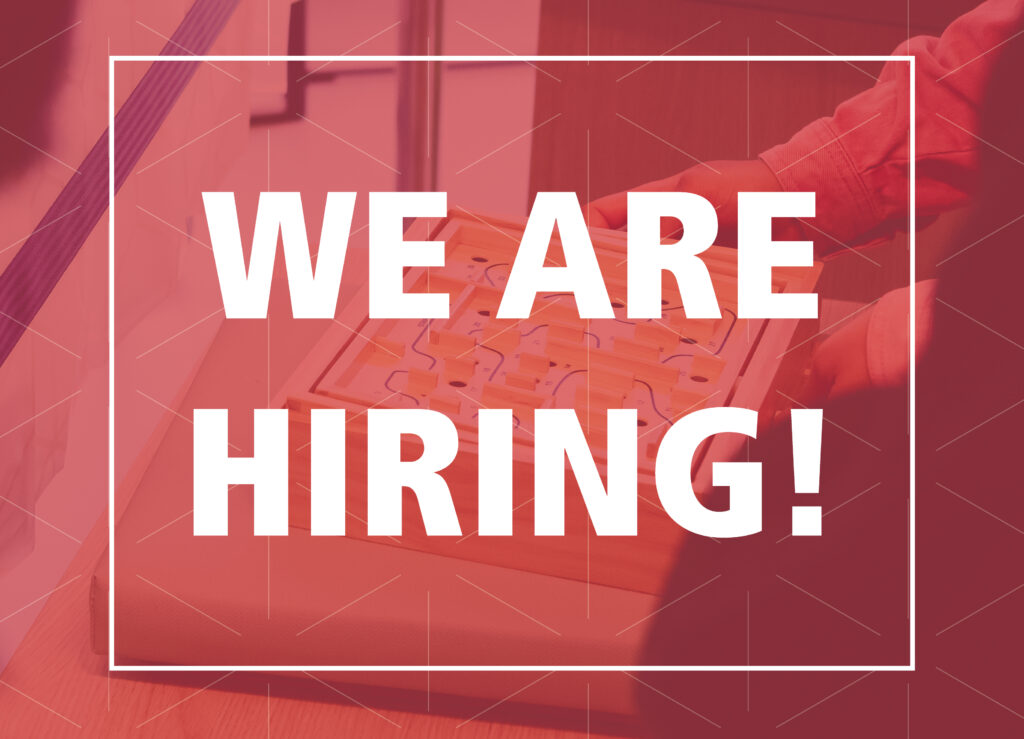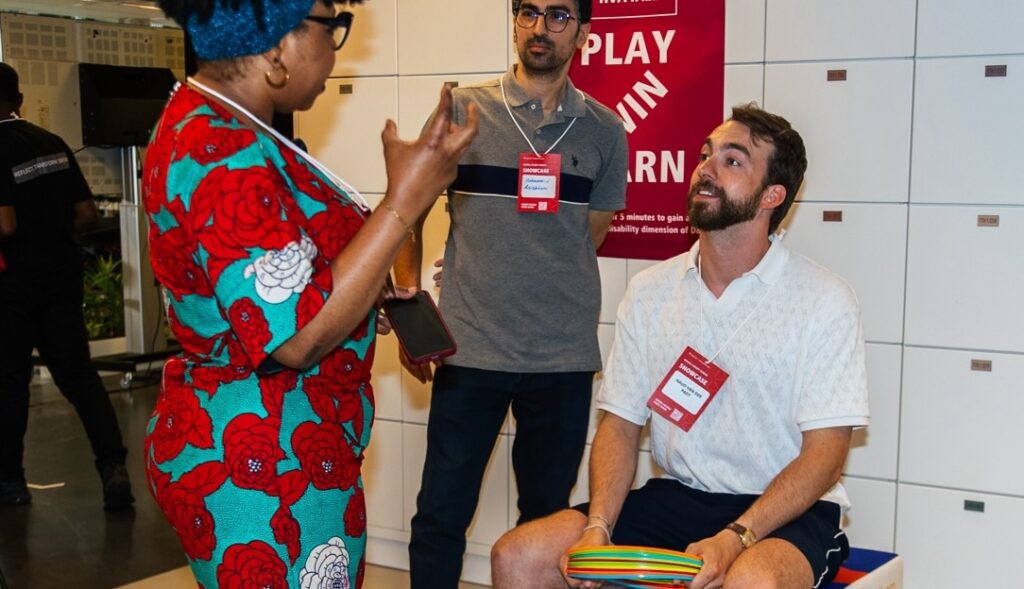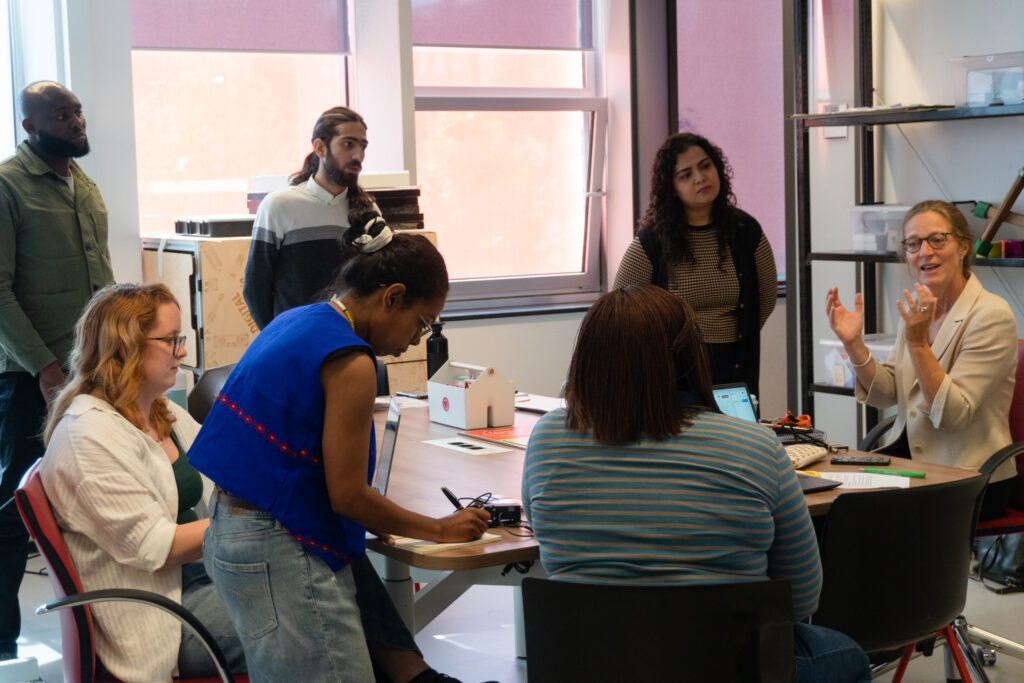Updates
Black Mirror at the HvA: will we soon start eating plastics to save the world?
We consume a credit card’s worth of microplastic every week through cosmetics and food. With that fact the Waste2Worth team sketches a bizarre future image: will we be eating plastics in the future to resolve the plastic surplus?
A burger bun with a sweaty slice of cheese, a chemically blue burger and hard discs of tomato. Next to this a strip of pink pills named ‘Plasteeze’, to help the body digest the partially plastic burger. ‘No more boring and colorless food’, the producer promises. ‘With every bite of a Plasticful product you will contribute to cleaning up the earth!’
Though the combination of 3D-printed ingredients look lifelike, you cannot eat the products of Plasticful Food. The campaign comes from Waste2Worth, a team of international researchers and designers from the Digital Society School.
They contribute to the so called ‘New Waste Vision’ of the HvA (University of Applied Sciences) and the UvA (University of Amsterdam), and with this illustration of the possible future they want to make students and staff think about how they currently handle plastic waste. Because the suggestion that we clean the earth in the future by eating plastic waste is not that far away from reality, team members Ellen McCarthy and Alejandra Niño say.
Your project makes me laugh and scared at the same time. Was it your intention to invoke these feelings?
Ellen: ‘Yes, it is mainly intended to make people feel something. Waste is not a popular subject and when we talk about it, it tends to have a heavy tone. This is why we chose to use a humorous tone, which is also so bizarre that it makes you feel uncomfortable at the same time.’
Alejandra: ‘This project visualizes a possible future: is this really what could happen to us? And the most confronting thing is, that the answer is yes. We are already eating plastics. Currently, on average we consume about a credit cards worth of microplastics each week. This comes from our food, water, consumer products, and even the air we breathe.
Furthermore, scientists have discovered an enzyme that can break down plastics. So the link to a pill that would break down plastic in your stomach is not that much of a stretch. Similar pills already exist for people who are lactose or gluten intolerance.’
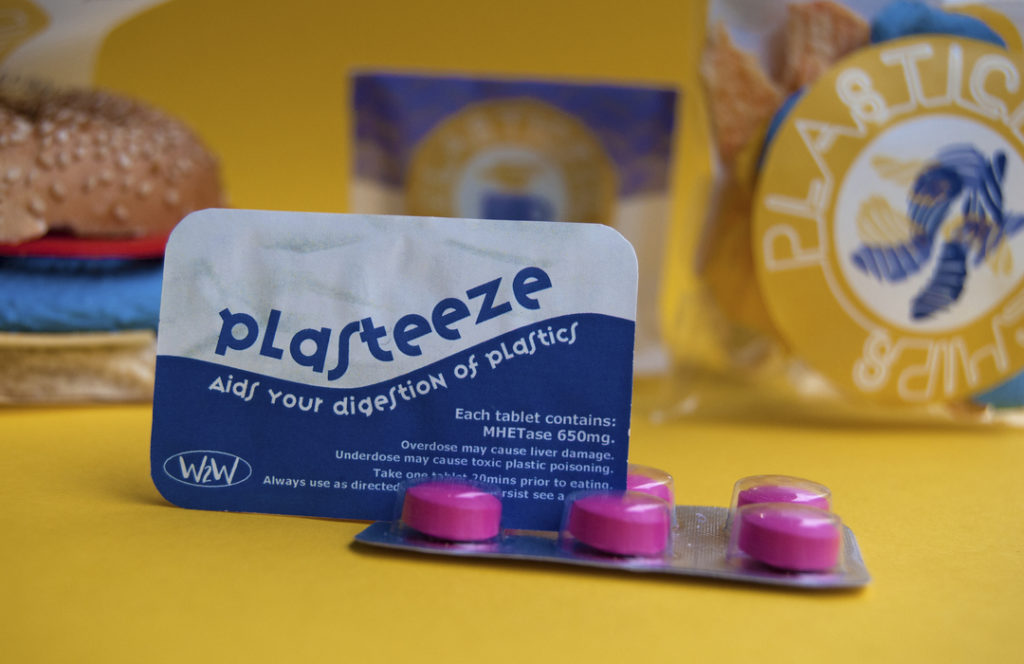
Are the Plasteeze pills gonna help us to digest the plastics in our stomach?
It almost sounds like an episode from the TV-series Black Mirror. How did you come to this idea?
Ellen: ‘You are right about that. We used the same method of storytelling that Black Mirror uses, which is called speculative design. This means that you imagine a future around a product, a future that invites you to critically think about what could possibly happen. We thought: we could talk again about the importance of separating waste, but everyone is already aware of that. We wanted to disrupt people, and make them think in a novel way. This is why we started researching which developments are already taking place and we projected these into a near, possible future.
Your work can also be seen in the Kohnstammhuis (location in the HvA) and in the university library of the UvA. How did the people react to seeing this?
Alejandra: ‘We observed people and mainly saw two reactions: either they are extremely interested and interact with the food, or they quickly look at it, understand what it is about and move on very hastily. It illustrates how different people handle these kinds of uncomfortable subjects.
Ellen: ‘In the university library some of our products were even stolen. We lost, amongst other things, a bag of 3D-printed chips. It did give us a scare, we thought: “The thief wouldn’t actually have …?” But no, you would have to try extremely hard to actually eat the plastic chips.
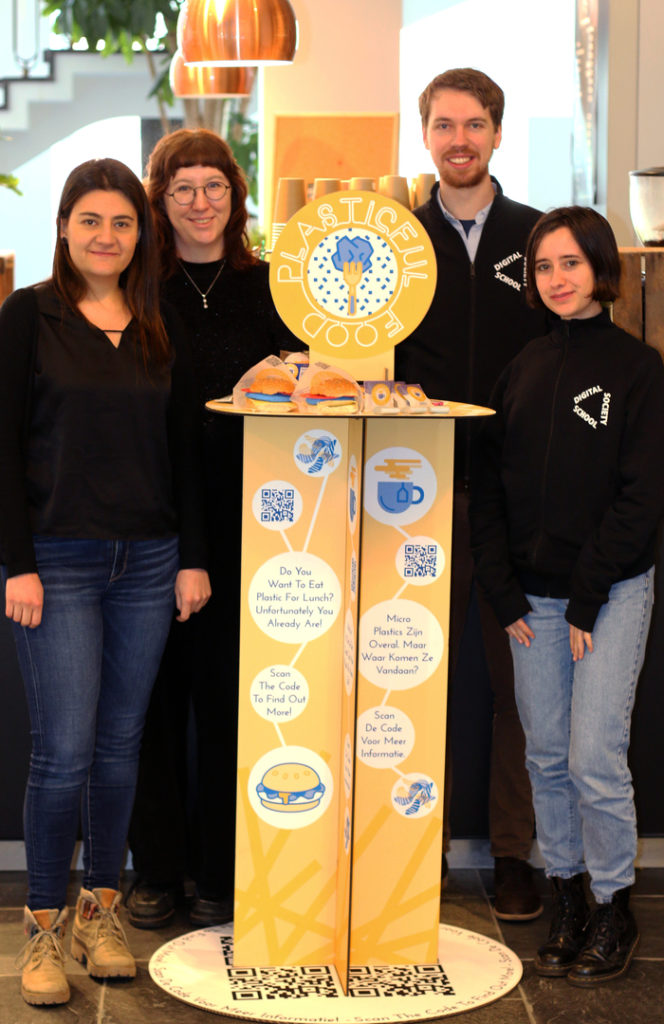
Team Wast2Worth and the prototype. From left to right: Alejandra Niño, Ellen McCarthy, James Ric-Hansen en Federica Marrella.
Your website does not only conjures the illusion of a plasticful future, it also shows ways to act to reduce your own plastic usage?
Alejandra: ‘Yes, in the end that is the main purpose. On the website we sketch out the problem, but also the solution. People that want to act on this often get lost in the amount of information on this subject. That is why our website contains an overview with trustworthy sources and concrete tools to use. Such as information from Milieu Centraal regarding which products you can and cannot recycle, an app that can help you reduce your plastic use, and a map of all the different waste collection points in Amsterdam.’
The Dutch version of this interview is written by HvanA. Find the original Dutch article here.
